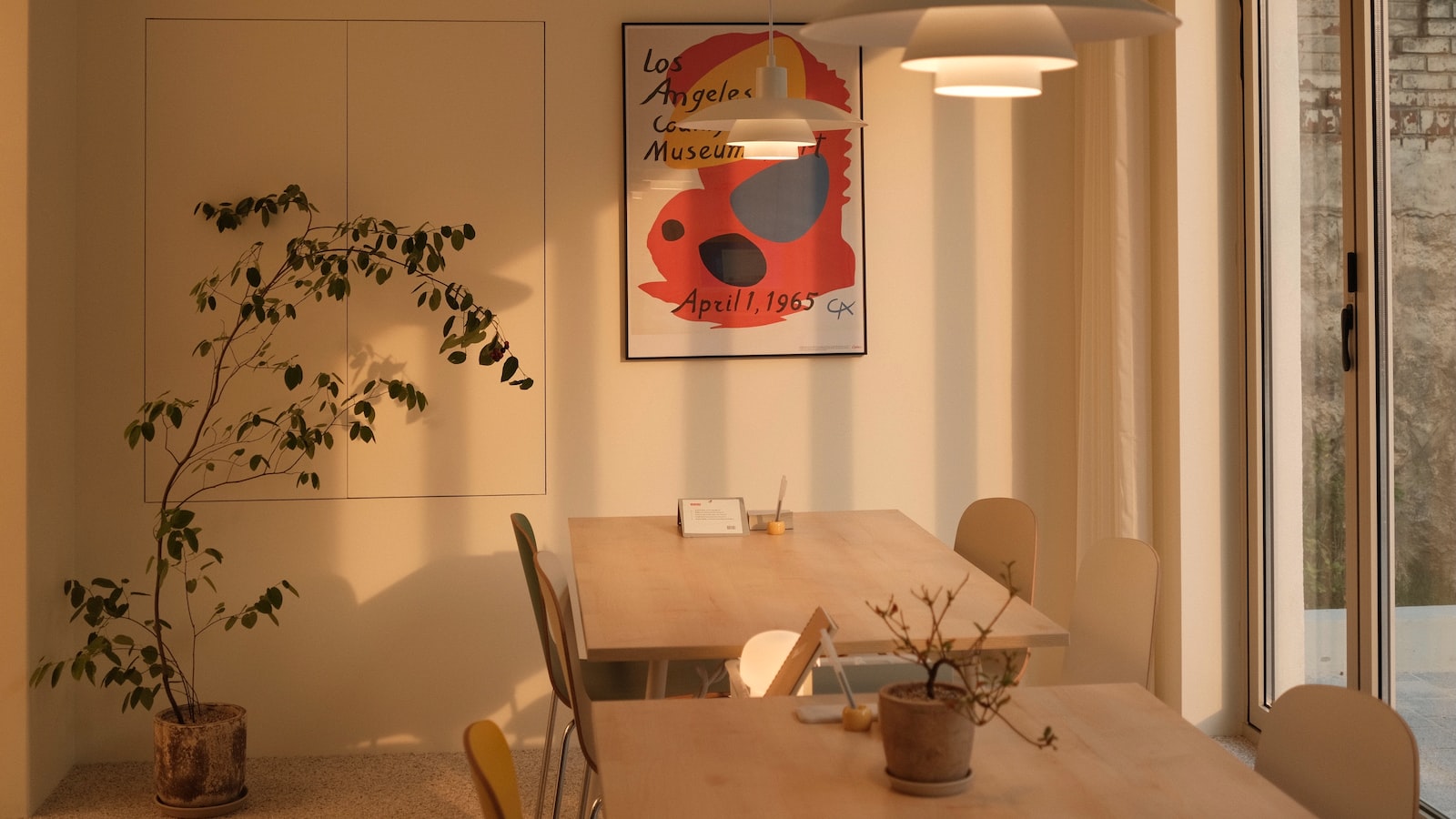Growing Peppers Indoors – Guidelines & Tips
Growing peppers indoors has become increasingly popular among gardeners thanks to the getting access a fresh and flavorful pepper right off the plant. Pepper plants not only tend to be attractive but are also surprisingly easy to grow even in the coldest weather.
That being said, if you’re looking to grow your own peppers indoors, there are some specific tips and guidelines to keep in mind to ensure success. Here’s what you need to know.
Choose the Right Pepper Variety
Ultimately, the type of pepper you grow will largely depend on the type of taste you’re hoping to achieve. Sweet peppers tend to be sweeter while hot peppers are, well, hot. Bell peppers are quite popular in the home gardener category. If you are looking for something more specialty you can also try growing an Anaheim or Italian pepper.
Pick the Right Spot
Light intensity can play a big role in pepper production, so make sure you pick the right spot to grow your pepper plants. Peppers need full sunlight, so pick a spot near a window or greenhouse that gets at least 6 hours of direct sunlight per day.
If you live in an apartment or don’t have access to direct sunlight, then you might consider investing in a grow light for your pepper plants.
Start From Seeds
You can grow peppers indoors from both seed and seedling form. Many people prefer to start from seed because it is cheaper and easy to do. Plus, starting your own seed gives you more varieties to choose from.
You can plant the seeds in biodegradable pots filled with soil and keep them in a warm place. When the seedlings are about 1–2 inches tall, you can transfer them into your garden.
Container Choice
When planting peppers, it’s important to select a container that is the right size and shape. The container should be at least 12 inches wide by 12 inches deep and have good drainage. Be sure to select a container made of a material that won’t be susceptible to cracking or breaking due to extreme temperatures. Clay and plastic are both good choices.
Fertilization
Nitrogen-rich fertilizer is essential for healthy pepper plants. Fertilize your plants every 4–6 weeks to ensure optimal growth. You can purchase liquid fertilizer from the garden store or create your own compost mix.
Monitoring Temperatures
Pepper plants need temperatures between 75 and 85 F (24 and 29 C) during the day and 65 to 70 F (18 to 21 C) at night. That being said, if the temperature fluctuates greatly you might need to install a fan to regulate the temperature and reduce the chance of powdery mildew.
Pollination
In order for pepper plants to produce fruit, they must be pollinated. You can either do this manually by shaking the plant gently or install a small oscillating fan nearby.
Harvesting
When your peppers are ripe and ready to harvest, be sure to cut them off the vine with scissors or a knife. Don’t pull the pepper off, as this can damage the plant. Once harvested, you can store the peppers in an airtight container in the refrigerator for up to two weeks.
Conclusion
Growing peppers indoors is a great way to add fresh flavor to your food. With the right container, location, and temperature conditions, it’s easy to cultivate delicious peppers in the comfort of your own home. By following these guidelines and tips, you can become a successful pepper gardener in no time.



